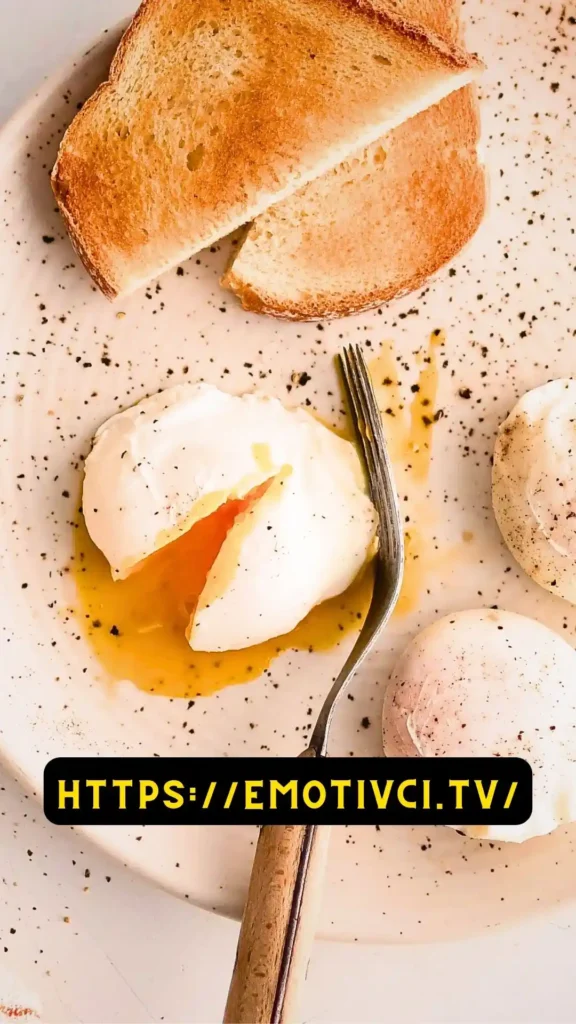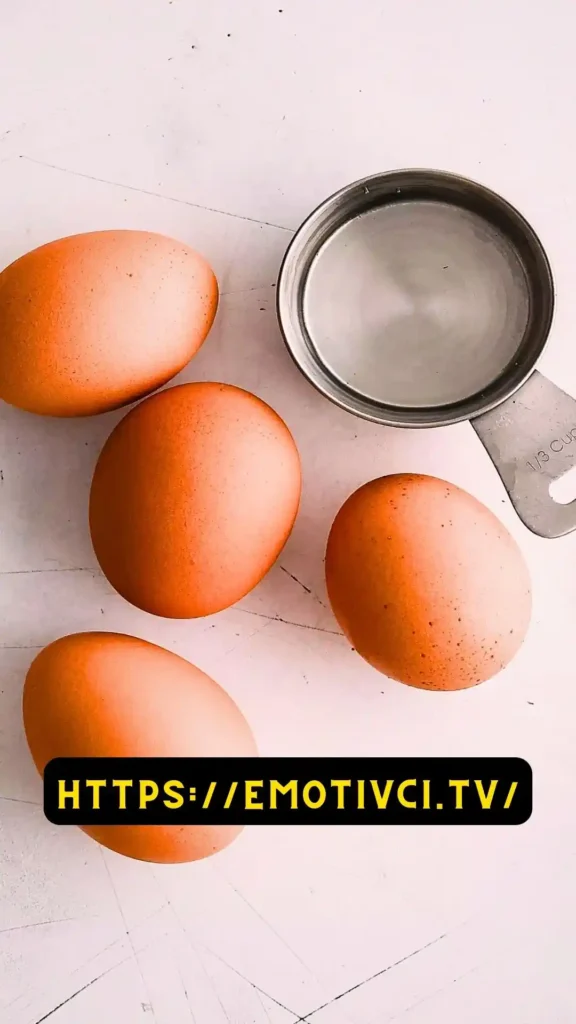Mastering the Art of Poached Eggs: A Beginner’s Guide
Embark on a culinary journey and learn the art of crafting perfectly poached eggs in minutes with minimal ingredients and equipment. Delight in the simplicity of this method, and you’ll soon find yourself wondering why you hadn’t ventured into poaching eggs sooner!

Discovering the Perfect Poached Egg
While the idea of poaching eggs might initially seem daunting, fear not! Poaching eggs is a straightforward process that yields delightful results.
Picture it: softly cooked eggs with yolks ready to cascade over your favorite avocado toast or in a cozy breakfast bowl. It’s a skill worth mastering, opening the door to many culinary creations for your weekly menu rotation, from classic eggs Benedict to innovative breakfast bowls. Poached eggs offer a delightful departure from the ordinary and an alternative to scrambled or hard-boiled eggs.
Understanding Poached Eggs
So, what exactly are poached eggs? In essence, poached eggs are eggs cooked outside their shells in gently simmering water instead of boiling temperatures. During the poaching process, the egg’s “loose” whites separate, leaving a delicate layer of egg white enveloping the yolk.
The egg is carefully lowered into the simmering water, where the egg white gradually wraps around the yolk, cooking until it achieves a firm consistency. In contrast, the yolk remains gloriously runny or slightly thickened, depending on your preference. After three minutes of cooking, these eggs are gently removed from the water and ready to grace various dishes.
Unlocking the Secret to Perfectly Poached Eggs
The key to achieving the perfect poached egg lies in two simple factors: freshness and temperature control. Opt for the freshest eggs, which boast firmer whites with less liquid content. Additionally, maintaining a water temperature slightly below boiling is crucial, ensuring even cooking without the risk of the egg turning tough or rubbery.
Essential Ingredients

To embark on your poached egg journey, gather the following ingredients:
- Fresh Eggs: Allow them to reach room temperature before cooking.
- Distilled Vinegar (optional): While white vinegar or apple cider vinegar can be substituted, avoid using dark vinegar like balsamic, as it may discolor the eggs.
Crafting Poached Eggs: Step by Step
Follow these simple steps to achieve poached egg perfection:
1. Boil the Water: Bring four inches of water to a boil in a large pot, adding vinegar to the water.
2. Prepare the Eggs: Crack one egg at a time into a small strainer over a bowl. Gently jiggle the strainer to separate the egg white from the yolk, allowing only the jelly-like white part and the yolk to remain. Repeat this process for each egg.
3. Stir the Water: Reduce the heat to simmer gently. Use a wooden spoon to stir the water gently, creating movement without disrupting the egg whites’ ability to envelop the yolk.
4. Cook the Eggs: Carefully slide each egg into the simmering water, adjusting the heat slightly to maintain a low simmer. Poach the eggs for approximately three minutes, occasionally stirring the water to prevent sticking. Remove any wispy egg whites that rise to the surface.
5. Serve: Using a slotted spoon or strainer, remove each egg from the water and transfer it to a plate. Serve your poached eggs alongside English muffins, toast, or preferred accompaniments.
Determining Doneness: Tips and Tricks
While mastering the perfect poached egg may require a bit of practice, here are some indicators to help you gauge doneness:
Set a Timer: Generally, poached eggs are ready for runny yolks and firm whites within three minutes. Extend the cooking time to four to five minutes for a more solid yolk.
Observe the Egg Whites: The whites should appear opaque and set. If they remain translucent, allow the eggs to cook for additional time.
Touch Test: Using a slotted spoon or strainer, remove one egg from the water and gently press the center of the yolk with your finger. It should yield softly, indicating a desired level of doneness.
How to serve?

Poached eggs pair wonderfully with a variety of dishes and accompaniments. Consider serving them with toasted bread, seasoned with salt and pepper, or garnished with chopped herbs. Additionally, poached eggs elevate salads, soups, noodles, stir-fries, and breakfast bowls, adding a luxurious touch to any meal.
Storage and Reheating Tips
To store poached eggs, place them in an airtight container and refrigerate for up to two days. Avoid using boiled water when reheating, as this can overcook the eggs. Instead, immerse the eggs in a bowl of hot tap water for two to three minutes, replenishing the water as needed.
In conclusion, mastering the art of poaching eggs opens up culinary possibilities. With a few simple ingredients and techniques, you can effortlessly create restaurant-quality poached eggs in the comfort of your kitchen.
So, why wait? Dive into the world of poached eggs today and elevate your breakfast game to new heights!
Explore another delicious recipe (Delicious Frozen Berry Protein Smoothie Recipe) that pairs wonderfully with our recent culinary discussions.





